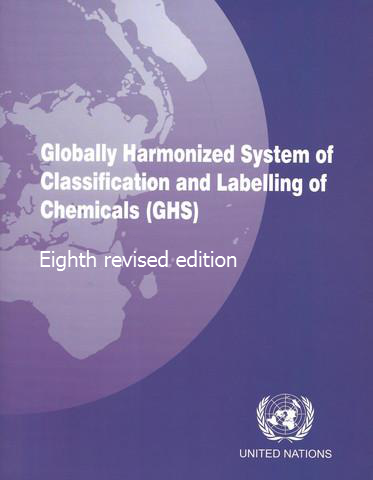
Under the United Nations (UN) Globally Harmonised System of classification and labelling of chemicals (GHS), data from non-animal test methods can now be used to classify chemicals that can corrode or irritate skin on contact.
Non-animal approaches based on in vitro methods provide stand-alone solutions to determine if a chemical is corrosive or irritating to the skin.
They have gained international acceptance for regulatory application, primarily as OECD test guidelines, due to their high degree of reliability and human relevance. The recognition of these internationally accepted alternative methods within the GHS will have an impact worldwide in both protecting people from harmful chemicals while avoiding unnecessary animal testing.
The non-animal working group at the UN
A non-animal working group was established by the UN subcommittee on GHS almost 3 years ago. Since then, the JRC has been an active member representing the European Union together with the European Chemicals Agency (ECHA) and the Commission Directorates-General for Environment (DG ENV) and for Internal Market, Industry, Entrepreneurship and SMEs (DG GROW).
The group is co-chaired by The Netherlands and the United Kingdom.
After publication of the revised classification criteria for skin effects in the 8th revision of GHS, the working group is now elaborating the criteria for serious eye damage and eye irritation, aiming for a final agreement on the introduction of non-animal methods for classification of ocular effects in the 9th revision.
GHS & EU legislation
The EU Regulation on Classification, Labelling and Packaging of substances and mixtures (CLP) implements the GHS within the EU. It is one of the most important pieces of crosscutting chemicals legislation to ensure a high level of protection of human health and the environment, because many other legal acts such as authorisation of pesticides or workers protection refer to its classifications.
The revision of the GHS has an impact worldwide and when implemented in the EU it becomes the most important legal act for the safe use of chemicals in the workplace and in the home.
Details
- Publication date
- 10 January 2020
